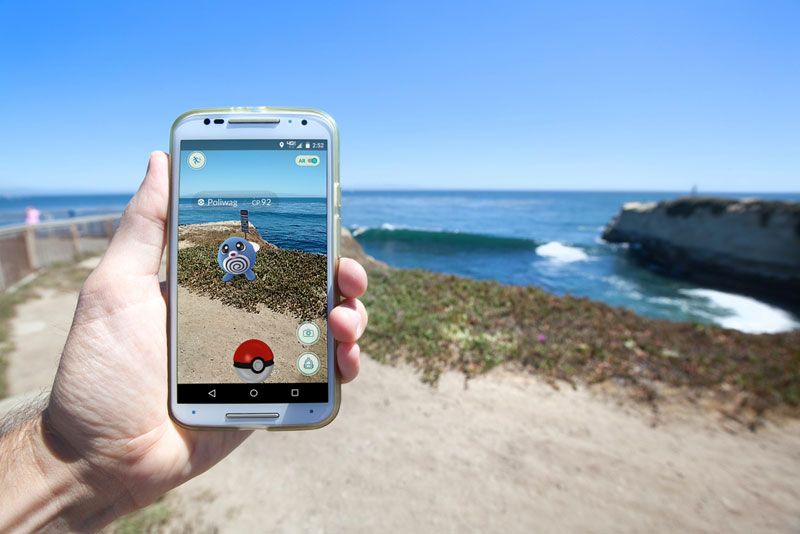News Blast: Your Daily Dose of Information
Stay updated with the latest happenings across the globe.
Augmented Reality: Where Fantasy Meets Reality
Discover how augmented reality blurs the lines between fantasy and reality—transform your world and ignite your imagination today!
Exploring Augmented Reality: How It Transforms Our Daily Lives
In recent years, Augmented Reality (AR) has emerged as a transformative technology that enhances our daily experiences by overlaying digital information onto the real world. From mobile applications to wearable devices, AR is reshaping how we interact with our environment. For instance, applications like Pokémon GO have popularized AR gaming, allowing users to engage with virtual characters in real-world settings. This seamless integration of digital elements into our physical surroundings not only provides entertainment but also offers practical applications in fields such as education, healthcare, and retail, reshaping how we learn and shop.
Moreover, the impact of Augmented Reality extends to various industries, improving efficiency and user engagement. In the realm of education, AR can make learning interactive and immersive, allowing students to visualize complex concepts in three-dimensional space. Healthcare professionals utilize AR for surgical procedures, enhancing precision through guided overlays. Additionally, retailers are adopting AR solutions, enabling customers to virtually try on products before making a purchase. As AR technology continues to evolve, it holds the potential to redefine our daily routines, making them more informative, engaging, and enjoyable.

The Future of Augmented Reality: Trends and Innovations to Watch
The future of Augmented Reality (AR) is poised for transformative changes as innovative technologies continue to emerge. One of the most significant trends is the integration of AR into everyday devices, particularly smartphones and wearables. As these devices become more powerful, augmented reality applications will offer enhanced interactivity and immersive experiences. Moreover, advancements in computer vision and artificial intelligence are expected to improve real-time object recognition and tracking, making AR applications more responsive and intuitive. From gaming to education, businesses will find new avenues to engage customers through these immersive experiences.
Another key trend is the evolution of collaborative augmented reality. As remote work becomes increasingly common, AR will play a vital role in facilitating collaboration among teams geographically dispersed. Tools that enable shared AR experiences will empower users to visualize projects, brainstorm ideas, and solve problems in real-time. Furthermore, industries like retail and real estate are leveraging AR to provide virtual try-ons and property tours, enhancing consumer decision-making. As technology advances, we can expect to see an explosion of innovative AR solutions that redefine the way we interact with our environment and each other.
What is Augmented Reality and How Does It Work?
Augmented Reality (AR) is a cutting-edge technology that overlays digital information, such as images, sounds, and text, onto the real world through devices like smartphones, tablets, and AR glasses. Unlike virtual reality, which immerses users in a completely digital environment, AR enhances the physical world by adding interactive elements that can be viewed through a camera or screen. This creates a dynamic experience where users can see both the real and digital worlds simultaneously, making it useful in various applications, from gaming and education to retail and industrial training.
The working mechanism of Augmented Reality involves three key components: a camera, sensors, and software. The camera captures the user’s environment and feeds it into the AR software, which then analyzes the surroundings using computer vision and depth tracking. This enables the software to accurately position digital objects within the real world. After processing the data, the software projects the augmented elements onto the camera feed, allowing users to interact with the digital content in real-time. This seamless integration not only enhances user engagement but also opens new avenues for creativity and productivity across various fields.